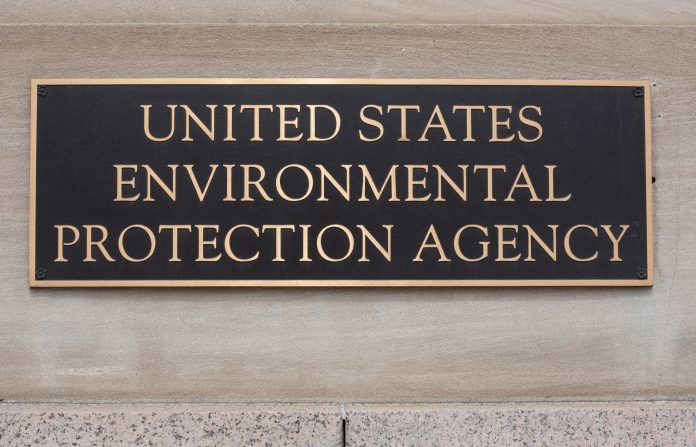The U.S. Environmental Protection Agency (EPA) has proposed new standards for fine particulate matter (PM2.5) produced primarily by manufacturing and transportation. The EPA claims fine particulates, or soot, can cause serious health effects, especially in people with preexisting conditions, such as asthma, other lung conditions, or heart problems.
The current standard limits PM2.5 emissions to 12 micrograms per cubic meter, but the new standard would reduce that value to 9 or 10 micrograms per cubic meter.
EPA says they are considering retaining the current time-based monitoring standard over a 24-hour period of 35 micrograms, but may also reduce that as well.
‘Campaign to Scare People’
The EPA has not used the best available science to justify its decision to tighten industrial emissions of PM2.5, says John Dale Dunn, M.D., J.D., an emergency physician and retired attorney, who also serves as a policy advisor to The Heartland Institute.
“The EPA has been on a campaign to scare people about small particle air pollution for decades now and their science now is no better than it ever was,” Dunn said. “The EPA does spatial population studies, comparing them with regional air monitors to try to find an association with rates of human death or disease, but these epidemiological exposure models are flawed, being unable to actually show causation between particulates and health problems.
“Then what they do is look for ‘associations,’ but all their level of effect results are in the range of noise—that means there is no signal for causal effect,” Dunn said. “The small effects that they get from data dredging, slicing, and dicing of data, [and] population effects are still in the range of insignificant. Then, they cheat some by claiming the small effect created through data manipulation indicates health harms in the real world.”
In epidemiology, a relative risk of 2, which means there is a 100 percent increase in the rate of disease appearance over background incidence, is usually required to show causation. However, this value is not reached in the EPA’s particulate research, Dunn says.
“All their studies over the decades have consistently shown ‘effects’ that do not overcome the phenomenon of randomness,” Dunn said. “Relative risk is less than 20 percent in all their studies, but then they put on the scare by using the small associations and multiplying those to fit big populations when they have broken every rule for showing that a pollutant is the cause of disease or death.”
EPA Admits PM2.5 Does No Harm
The behavior of the EPA in their investigations into PM2.5 is not new, says Steve Milloy, founder and publisher of JunkScience.com, and author of Scare Pollution: Why and How to Fix the EPA.
“The EPA’s decades old claims that PM2.5 causes death and other health harms is the most readily debunkable science fraud of our time,” Milloy said. “EPA has admitted in court that its epidemiology doesn’t show that PM2.5 causes harm, and EPA has conducted numerous clinical experiments on actual humans that all fail to show that PM2.5 causes any harm whatsoever.”
Despite claiming any exposure to PM2.5 could be lethal, even within just a few hours of exposure, the EPA was sued in 2012 for using human test subjects with known pre-existing conditions to determine the effects of PM2.5 and diesel exhaust, among other gaseous compounds. The experiments produced no fatalities, and Milloy says there is no example that can be pointed to in order to prove the EPA’s extreme stance.
“There is also no real-life example of PM2.5 causing any deaths or harm whatsoever,” Milloy said.
Continuing Litigation
Even now, the EPA is facing a lawsuit over their selection of scientists who have received EPA funding grants to serve on a scientific review board which is supposed to represent an independent check of the EPA’s positions on things like PM2.5 regulation, Milloy says.
“Science and reality so effectively refute the EPA’s claims, EPA has been forced to illegally rig statutorily-required scientific peer review to advance its pre-determined PM2.5 agenda,” Milloy said. “This is now being litigated in federal court in the case of Young v. EPA, and hopefully the new Republican-controlled House will exercise oversight of the agency.”
Linnea Lueken (llueken@heartland.org) is a research fellow with the Arthur B. Robinson Center on Climate and Environmental Policy at The Heartland Institute.
For more on EPA air quality standards, click here.


























